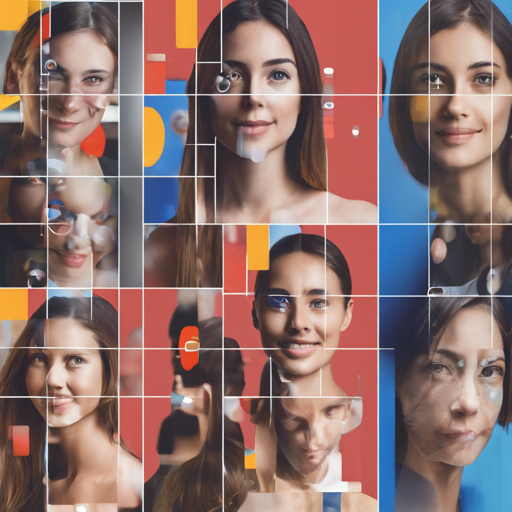If you’re looking to leverage the power of the MTCNN (Multi-task Cascaded Convolutional Networks) for face detection using PyTorch, you’ve come to the right place! In this tutorial, we’ll walk you through the step-by-step process of setting it up, including training data preparation and executing face detection tests. Buckle up, and let’s dive into the world of AI-driven face detection!
Step 1: Preparing the Environment
Before we start coding, make sure you’ve got everything ready:
- Python installed on your machine.
- Necessary libraries: PyTorch and any others mentioned in the project.
- Clone the MTCNN-PyTorch Repository.
Step 2: Testing an Image
To test an image and see how MTCNN performs:
python mtcnn_test.pyStep 3: Preparing Training Data
Now, we’ll prepare the training data needed to train the MTCNN model:
- Download the WIDER FACE dataset (passcode: lsl3) for face detection and store it in the
.data_set/face_detectiondirectory. - Run the following command to transform the dataset:
- This command will change the
.matfile (wider_face_train.mat) into a.txtfile (anno_train.txt). - Download the CNN_FacePoint dataset and store it in
.data_set/face_landmark.
python .anno_store/tool/format_transform.pyStep 4: Training the Model
With our data prepared, it’s time to train the model. We will go through three different stages: P-Net, R-Net, and O-Net.
Training P-Net
- Prepare data for P-Net:
python mtcnn/data_preprocessing/gen_Pnet_train_data.pypython mtcnn/data_preprocessing/assemble_pnet_imglist.pypython mtcnn/train_net/train_p_net.pyTraining R-Net
- Prepare data for R-Net:
python mtcnn/data_preprocessing/gen_Rnet_train_data.pypython mtcnn/data_preprocessing/assemble_rnet_imglist.pypython mtcnn/train_net/train_r_net.pyTraining O-Net
- Prepare data for O-Net:
python mtcnn/data_preprocessing/gen_Onet_train_data.pypython mtcnn/data_preprocessing/gen_landmark_48.pypython mtcnn/data_preprocessing/assemble_onet_imglist.pypython mtcnn/train_net/train_o_net.pyTroubleshooting Tips
As you embark on this AI journey, you may encounter some bumps along the way. Here are a few troubleshooting ideas:
- If you run into errors related to data paths, double-check that your dataset is in the correct directory.
- Ensure all required libraries are installed; you can use
pip install -r requirements.txtif available. - If your model training doesn’t seem to be improving, consider adjusting the learning rates or the number of epochs.
- For more insights, updates, or to collaborate on AI development projects, stay connected with fxis.ai.
Conclusion
With the MTCNN model set up and trained, you are now equipped to detect faces efficiently in images! At fxis.ai, we believe that such advancements are crucial for the future of AI, as they enable more comprehensive and effective solutions. Our team is continually exploring new methodologies to push the envelope in artificial intelligence, ensuring that our clients benefit from the latest technological innovations.

